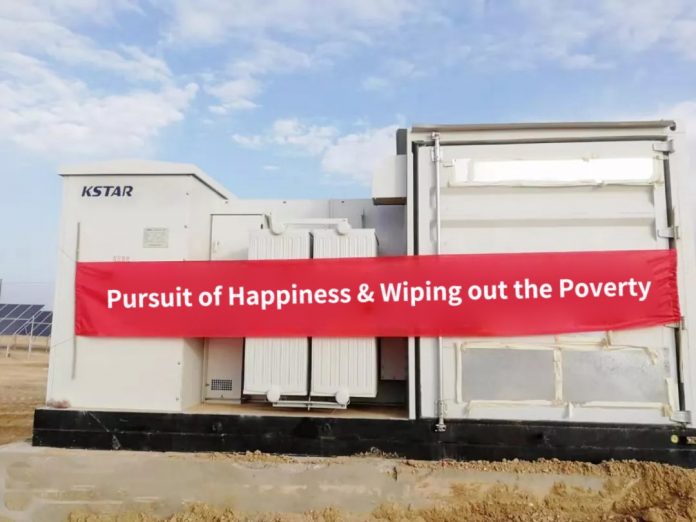China’s program to alleviate poverty through solar energy deployment increased per capita disposable incomes in one rural county by approximately 7% to 8% between 2013 and 2016, according to new research by the Nanjing University of Information Science and Technology, the Chinese Academy of Sciences, the University of Maryland, and the University of Minnesota.
According to the scientists, the policy had the strongest impact in eastern parts of the country rather than in western regions. It also had a bigger impact in the poorest counties.
Targeting 10 GW
The Chinese government aims to install more than 10 GW of PV capacity under its solar energy for poverty alleviation program (SEPAP), especially in the poorest parts of eastern China, to benefit more than 2 million people by the end of this year.
The researchers explained that SEPAP projects are similar to community solar PV projects in Europe or America. The scheme supports the development of PV projects up to 6 MW in size for large communities and medium-sized rooftop plants for individual villages. It is expected to help around 35,000 villages in 471 counties across 16 provinces.
The poverty alleviation counties were initially chosen for their solar radiation levels, followed by local economic conditions as a secondary consideration. By the end of 2018, a total of 15 GW of photovoltaic poverty alleviation capacity had been allocated and 2.24 million households were identified by the Chinese authorities as being in need of assistance.
Solar deployment in extremely poor rural counties has had a strong impact on rural incomes. “Particular attention needs to be paid to western counties and counties with relatively high per capita GDP, which we estimate to have low positive impacts from PV alleviation projects,” the researchers said.
Fair incentives
The group said monitoring should be improved to avoid the incorrect allocation of funds, to ensure that incentives are fairly distributed. It said high-quality electricity access and employment opportunities in PV should also be considered in future policy implementations.
The scientists estimated that the program may cost around RMB30 billion (US $4.2 billion) throughout its five-year implementation period. “However, as the costs of the program become more apparent, there may be pressure to reduce financial support, which may increase the difficulty of securing financial support for further projects,” they said.
The group also recommended a gradual transition to lower support for the program. More research is needed to determine how to allocate more financial resources.
They presented their research in Solar photovoltaic interventions have reduced rural poverty in China, recently published in Nature Communications.






